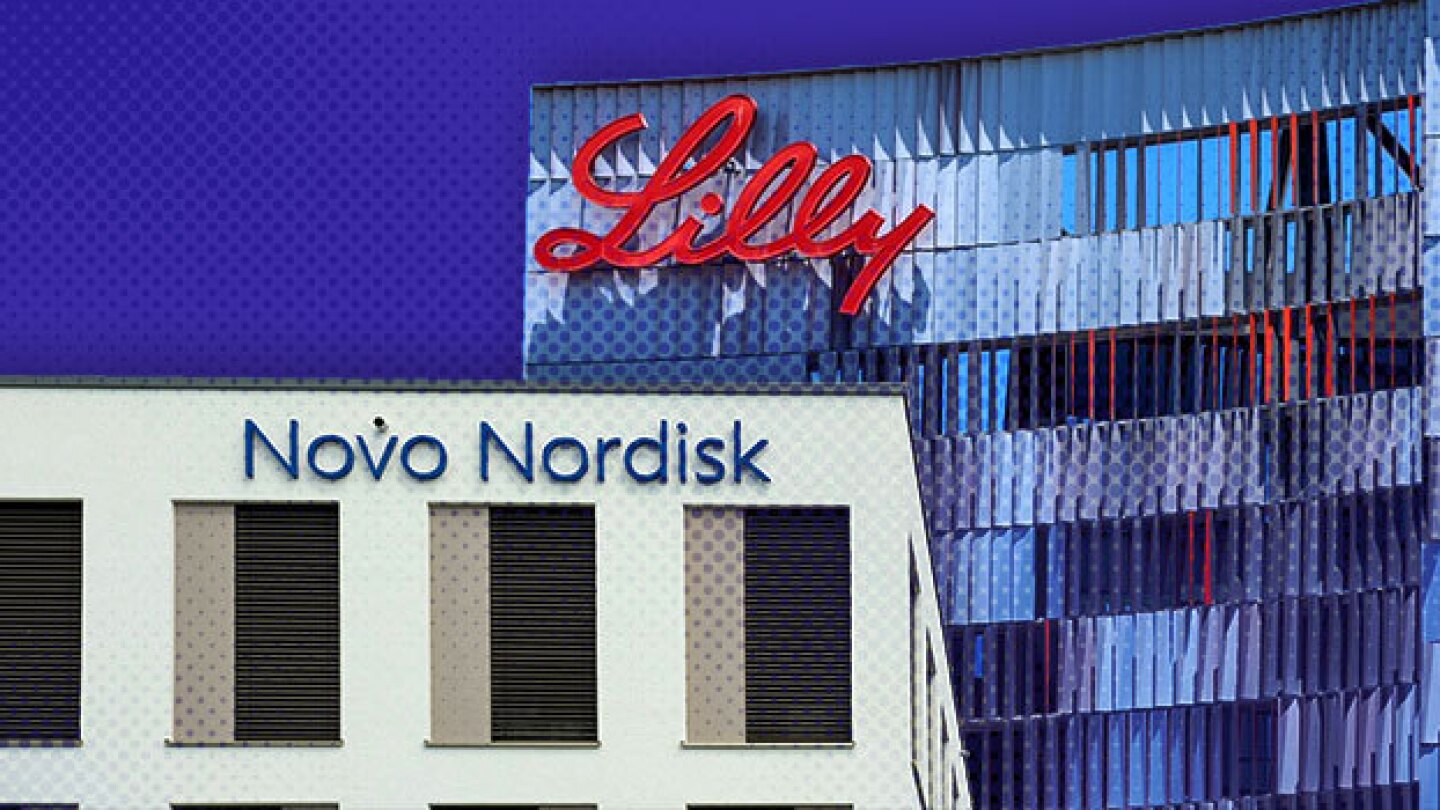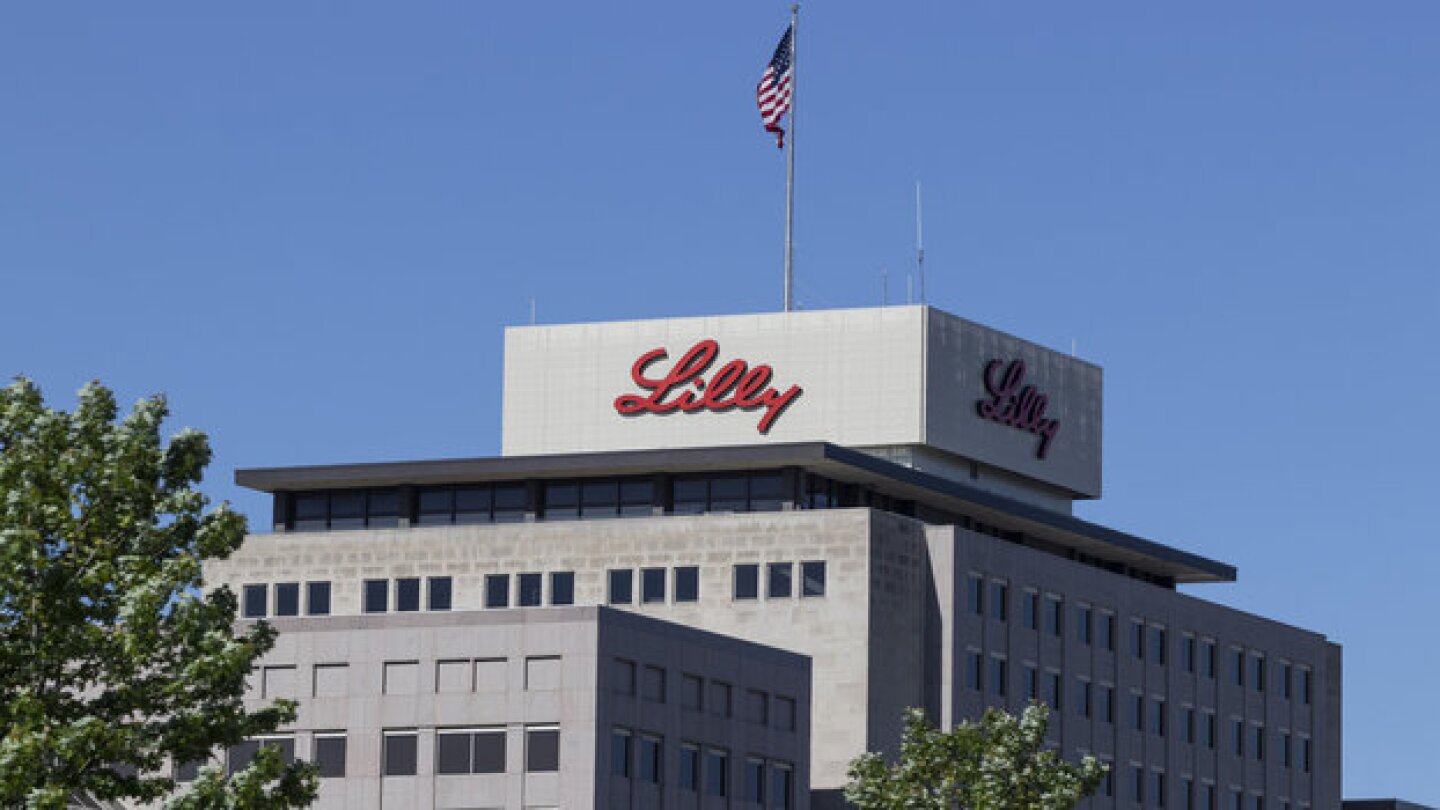GLP-1
Seeking Alpha analyst Terry Chrisomalis regards Viking Therapeutics as the most attractive M&A candidate in 2025, bolstered by its strong obesity candidate VK2735 and largely de-risked MASH therapy VK2809.
Expanding volumes of data point to mechanisms beyond weight loss and blood sugar control that contribute to cardiovascular benefits in the world’s fastest-growing drug class.
Novo Nordisk’s GLP-1s outsell Eli Lilly’s thanks to its superior marketing. Here’s how.
Eli Lilly’s request to intervene in a suit filed by compounding pharmacies against the FDA reflects a belief the outcome could affect its business and that the FDA does not adequately represent its interests.
Other notable greenlights this year include Bristol Myers Squibb’s Cobenfy, the first novel therapeutic for schizophrenia in 35 years, and Madrigal Pharmaceuticals’ Rezdiffra, the first-ever treatment for MASH.
The mega-blockbuster weight loss GLP-1 drug is now also approved to treat obstructive sleep apnea in adults with obesity, in combination with diet and exercise.
Already established as cornerstone therapies in diabetes and obesity, GLP-1 receptor agonists also show potential in several other indications, including cancer, addiction and neurodegenerative diseases.
Novo Nordisk executives set a high bar for itself when it projected CagriSema could achieve 25% weight loss. When the GLP-1 combo didn’t hit that mark, investors reeled.
Investors appeared disappointed by CagriSema’s Phase III readout, which showed weight loss that fell short of Novo Nordisk’s prior projections for the therapy. Meanwhile, Eli Lilly’s stock rose on the news.
After a couple months of uncertainty, the FDA has told compounding pharmacies that they have 60 to 90 days before the agency will enforce rules to stop their production of GLP-1s.
PRESS RELEASES










